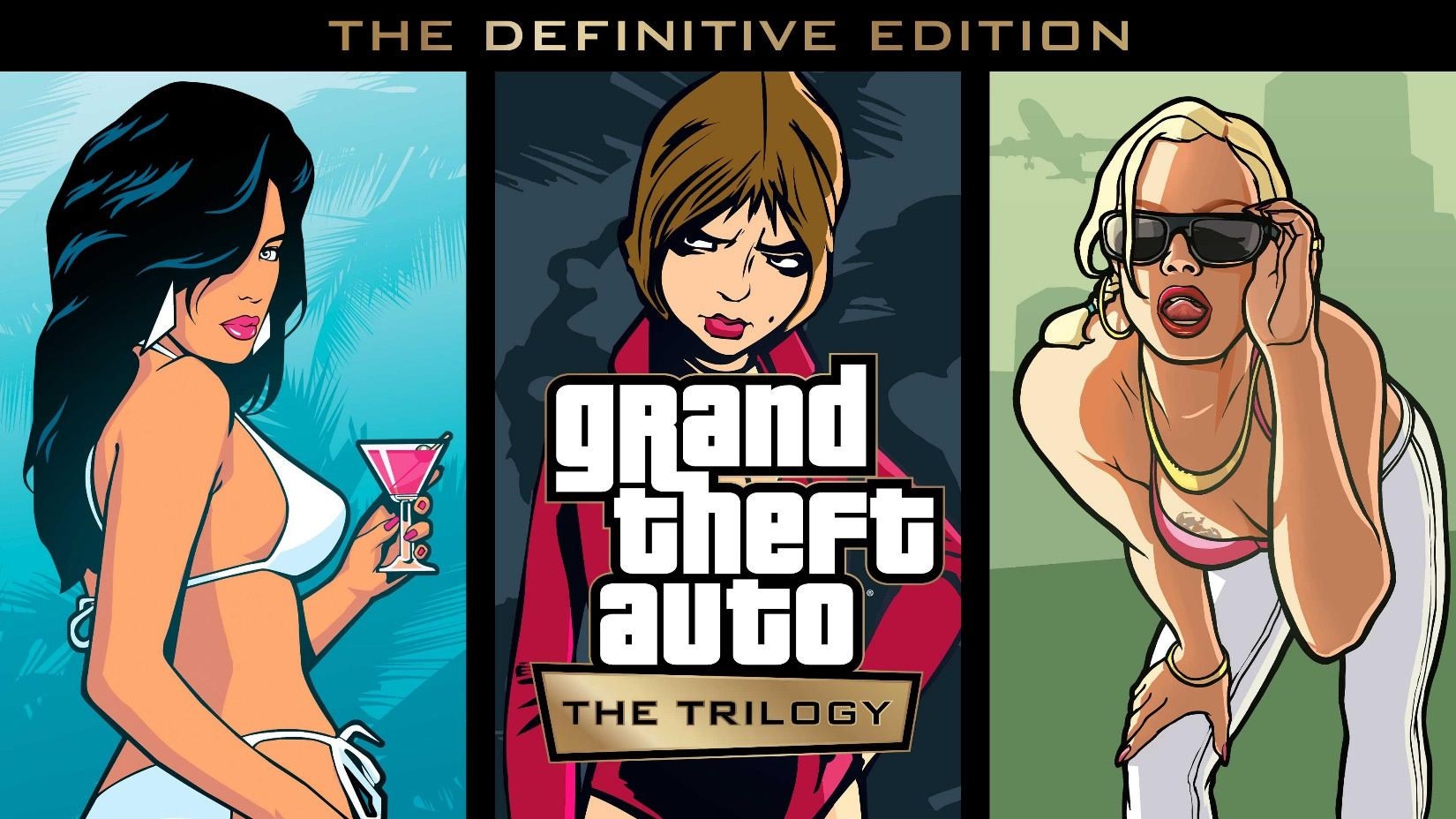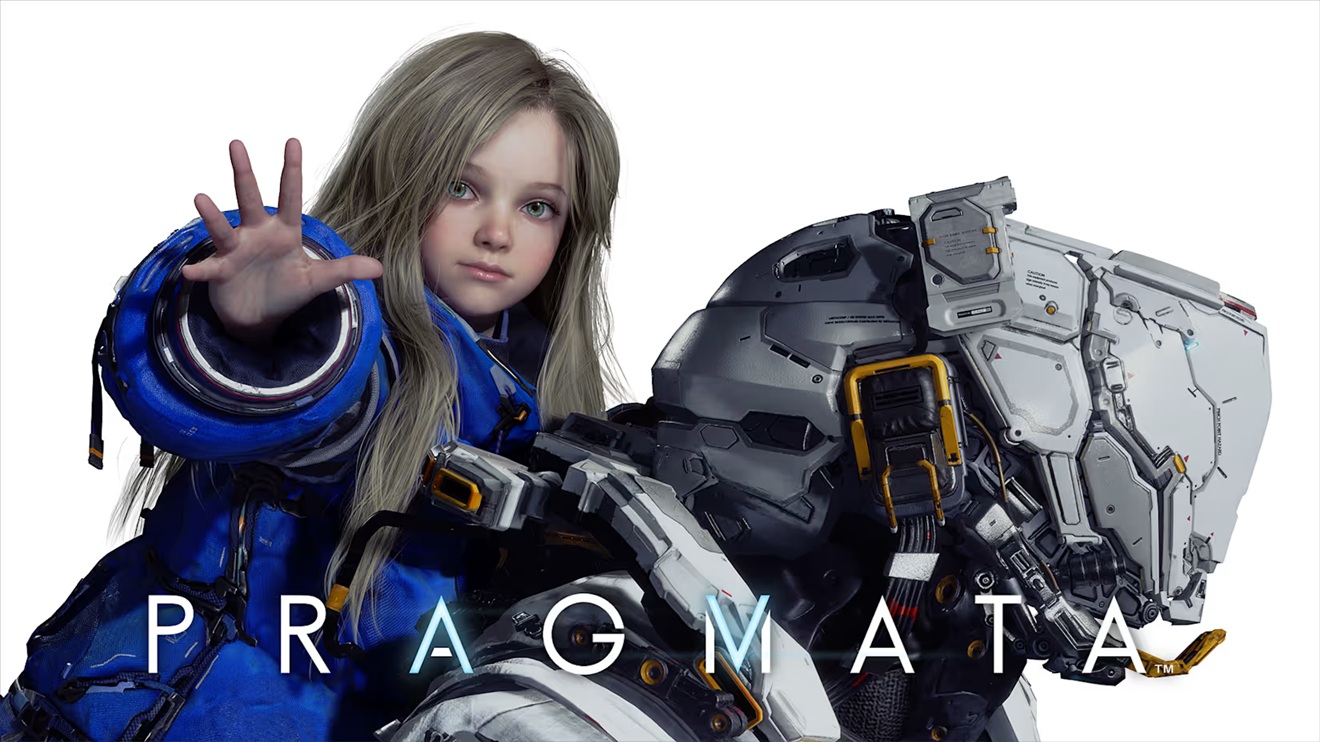Street Fighter II: The World Warrior, developed by Capcom, stands as one of the most influential video games of all time.
Originally released in 1991, the legendary fighting game not only revolutionized the arcade scene but also set new standards for the fighting game genre across platforms, including the Nintendo Switch via the eShop.
With over six million copies sold on the Super Nintendo Entertainment System alone and countless competitive scenes thriving worldwide, Street Fighter II remains a pivotal force in gaming history. Behind the game’s enduring legacy lies a unique, creative philosophy championed by Capcom’s art director and designer, Akira “Akiman” Yasuda.
In a reflective 2003 interview translated by Shmuplations and highlighted by Event Hubs, Yasuda detailed the development process behind the game’s signature special moves and dynamic fighters.
Rather than relying solely on traditional design rules, Yasuda revealed that humor and team camaraderie played integral roles throughout the project. "We went through each move one at a time, giving approval when we felt it was right," Yasuda explained.
He recounted that an unspoken guiding principle emerged within the team: a move wasn’t considered complete until it genuinely made everyone laugh.
For instance, when designing Dhalsim’s famously long-reaching punch, the team continuously increased his arm’s extension well beyond the technical limit outlined in their planning documents.
"We kept pushing the reach of his punch further and further until the whole team burst into laughter," Yasuda said.
"That’s when we knew we had created something memorable." This infectious sense of fun transformed the development environment, Yasuda added, turning spirited humor into an unofficial rule underpinning Capcom’s design philosophy for Street Fighter II.
The approach resulted in outlandish ideas becoming iconic trademarks.
Blanka’s now-famous green skin, for example, was chosen after a spontaneous palette experiment made the team erupt in laughter at the character’s unexpected transformation. By embracing this atmosphere of creativity and joy, Capcom delivered unforgettable characters and moves that redefined the fighting game genre.
Street Fighter II’s influence continues today on modern platforms like Nintendo Switch and in competitive esports events worldwide.
The developer’s achievements—blending technical mastery with a playful studio culture—remain a gold standard for game design, and Yasuda’s insight reveals how laughter can shape breakthrough innovation in the video game industry.
Originally released in 1991, the legendary fighting game not only revolutionized the arcade scene but also set new standards for the fighting game genre across platforms, including the Nintendo Switch via the eShop.
With over six million copies sold on the Super Nintendo Entertainment System alone and countless competitive scenes thriving worldwide, Street Fighter II remains a pivotal force in gaming history. Behind the game’s enduring legacy lies a unique, creative philosophy championed by Capcom’s art director and designer, Akira “Akiman” Yasuda.
In a reflective 2003 interview translated by Shmuplations and highlighted by Event Hubs, Yasuda detailed the development process behind the game’s signature special moves and dynamic fighters.
Rather than relying solely on traditional design rules, Yasuda revealed that humor and team camaraderie played integral roles throughout the project. "We went through each move one at a time, giving approval when we felt it was right," Yasuda explained.
He recounted that an unspoken guiding principle emerged within the team: a move wasn’t considered complete until it genuinely made everyone laugh.
For instance, when designing Dhalsim’s famously long-reaching punch, the team continuously increased his arm’s extension well beyond the technical limit outlined in their planning documents.
"We kept pushing the reach of his punch further and further until the whole team burst into laughter," Yasuda said.
"That’s when we knew we had created something memorable." This infectious sense of fun transformed the development environment, Yasuda added, turning spirited humor into an unofficial rule underpinning Capcom’s design philosophy for Street Fighter II.
The approach resulted in outlandish ideas becoming iconic trademarks.
Blanka’s now-famous green skin, for example, was chosen after a spontaneous palette experiment made the team erupt in laughter at the character’s unexpected transformation. By embracing this atmosphere of creativity and joy, Capcom delivered unforgettable characters and moves that redefined the fighting game genre.
Street Fighter II’s influence continues today on modern platforms like Nintendo Switch and in competitive esports events worldwide.
The developer’s achievements—blending technical mastery with a playful studio culture—remain a gold standard for game design, and Yasuda’s insight reveals how laughter can shape breakthrough innovation in the video game industry.





